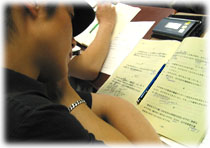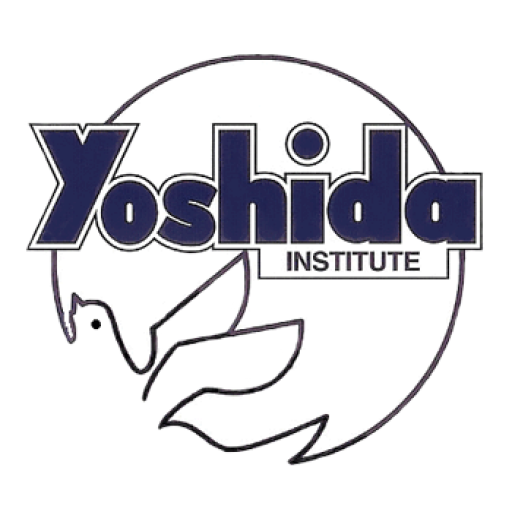Beginner’s Classes

This program is suitable for students with no prior knowledge of Japanese. You will learn basic Japanese, both grammar and conversation, along with the writing of hiragana, katakana and kanji (roughly 350 characters). The lessons are taught entirely in Japanese and also since the textbook is written in hiragana and katakana, it is strongly recommended that you familiarize yourself with hiragana and katakana before the first lesson. Feel free to use thesehiragana and katakana study aids to help you get started. These classes will prepare you for the Japanese Language Proficiency Test, N4 or N5.
Teaching materials:Minna No Nihongo, Parts 1 & 2, Kanji workbook and other materials provided in the classroom.
Course Length: Level A-(Beginner), B-(Pre Elementary), C-(Elementary) – 9 months (3 months each)
Intermediate Classes

This course will review what you’ve learned in the beginner’s course and continue on to higher levels of grammar, reading, listening, conversation and kanji (up to roughly 1,000 characters). After completing these courses you will be ready to take the Japanese Proficiency Test, N2 or N3.
Teaching materials:Minna no Nihongo, Chukyu 1 and 2
Kanji workbook and other materials provided in the classroom.
Course Length: Level D-(Pre Intermediate), E-(Intermediate), F-(Upper Intermediate) – 9 months (3 months each)
Advanced Classes

These courses are suitable for students who have finished the intermediate program. You will learn advanced grammar (adverbs, adjectives, conjunctives), kanji (up to roughly 2,000). You will be able to read a newspaper and magazine, listen to the radio and TV during this course. When you finish the course, you will know enough Japanese to take the Japanese Proficiency Test, N1 and enter a university.
Teaching materials: Original materials such as newspaper articles, dialogues from TV dramas, etc.
Course Length: Level G-(Pre Advanced), H-(Advanced) – 6 months (3 months each)
TEST PREPARATION
Most universities require students to take the Examination for Examination for Japanese University Admission for International Students (EJU). Technical schools require students to take the Japanese Language Proficiency Test (JLPT).
The proficiency test evaluates only a student’s ability to understand Japanese language while the entrance exam covers both language skills and specific subject knowledge. Students looking to gauge their progress in Japanese often use the proficiency test as a measure.
More Information ( JLPT / EJU )



